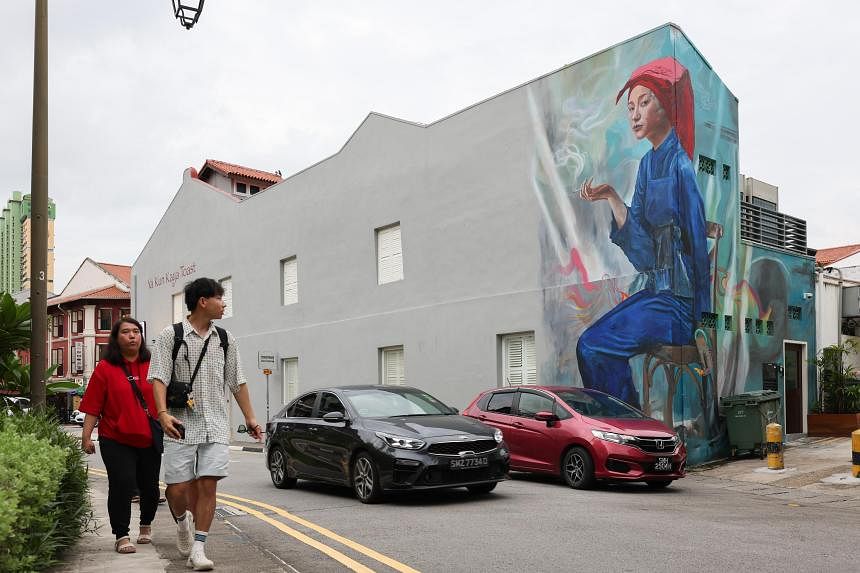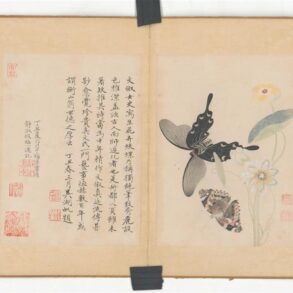
SINGAPORE – Singaporean mural artist Yip Yew Chong and the Association of Women for Action and Research (Aware) have weighed in on the controversial cigarette-smoking samsui woman mural, as discussions about self-censorship and the work’s exoticising “male gaze” heat up the online debate.
Yip – who has painted at least 80 murals across the island – said on Instagram and Facebook on June 23 that the Urban Redevelopment Authority’s (URA) order to erase a cigarette from the mural had “gone too far”.
The controversy erupted when artist Sean Dunston took to Instagram to say URA had ordered the erasure of a cigarette from a mural at 297 South Bridge Road. The public outcry was reported in The Straits Times on June 21.
Yip noted that one of his Chinatown murals includes a smoking scene. His mural of a Cantonese opera performance, on the wall of a conserved shophouse at 5 Temple Street, depicts a man in the audience smoking a cigarette.
Yip also cited a 2016 incident when, during the consultation phase, he canned his initial vision of painting a scene of coolies smoking opium, and changed it to one of the coolies cooking on their bunk bed. The 40m-long mural is on the back wall of Thian Hock Keng temple in Chinatown.
“If I (could) turn back the clock, I would have negotiated,” he writes. “Opium was an undeniable part of our history. Would any community be offended seeing it, or will anyone start smoking opium after viewing the mural?”
He called for more relaxation to censorship rules. “As an artist, I do wish governmental censorship enforcement is more relaxed in Singapore, and I can exercise less self-censorship too.”
ST has reached out to URA for comment on the guidelines on the depiction of smoking in murals.
In view of changing societal demographics and attitudes, as well as access to information, Yip says “the authorities will have to review their censorship and enforcement stance to catch up”, for a thriving arts scene.
Acknowledging that it will be a delicate balance, Yip says: “Regardless, approvals and censorship should be based on principles and not be perceived to be based on public complaints, as thought to be in many cases.”
In an e-mail dated June 18 from URA to the landlord seen by ST, URA cited feedback from an unnamed member of the public that the woman depicted “looks more like a prostitute than a hard-working samsui woman” and was “offensive”.
While historical accuracy might be one factor in evaluating a work, Yip also stressed that art has broader intentions beyond the documentation of actual history or beautifying an environment.
“I have been accused of rewriting history and lying in my works when I painted old scenes that are not historically accurate to a tee,” he says. “My art expresses my mind’s impressions and imagination in physical form to tell a story with new emotions and new perspectives to draw conversations. It is not a photocopier of an old photo.”
Aware also sparked a debate in the comments section of its Instagram post when it wrote on June 24 that the Singapore-based American artist Dunston’s mural painting of the samsui woman “may inadvertently perpetuate a male gaze that exoticises female subjects”.
It said the “glamorous” depiction of the woman “does not reflect the gritty and harsh realities faced by samsui women”. The organisation said that while it champions artistic freedom, artists need to tell stories with “respect and authenticity”.







